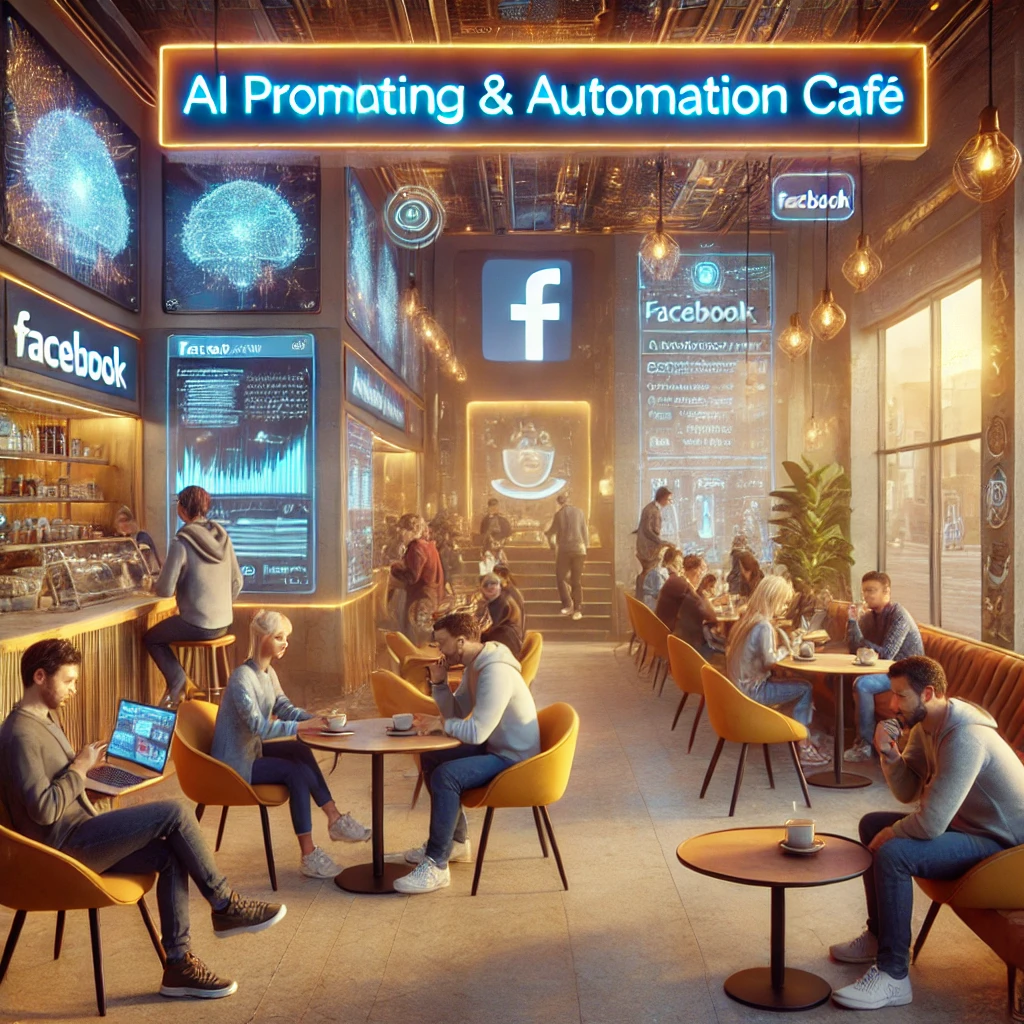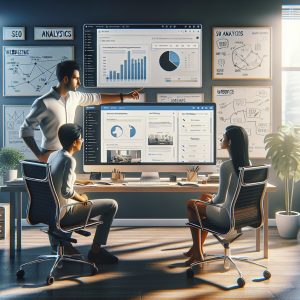The Evolving Landscape of SEO Strategy in 2026
As we move deeper into a more complex and AI-driven digital age, search engine optimization (SEO) is no longer confined to keyword density or metadata tweaking. SEO in 2026 demands a harmonious blend of creativity, technology, and user-centricity. This fusion of disciplines helps brands not only attract the right traffic but convert users and nurture lasting relationships.
Understanding what will drive success in SEO beyond 2026 requires a clear focus on innovation, an integrated approach within marketing teams, and relentless attention to search engine developments—particularly around AI and user intent.
SEO in 2026: Shifting from Tactics to Strategy
Previously, SEO was often viewed as an isolated technical function. Today, that tunnel vision is no longer sustainable. The modern SEO strategy must marry performance, branding, UX, and content strategy—and organizations must stop treating it as a siloed task.
Why the Strategic Approach Is Winning
Marketers are finally recognizing that SEO is an ongoing discipline that requires long-term strategic planning rather than short-term hacks. In 2026, successful SEO practitioners have evolved into high-level strategists who:
- Work collaboratively with content, UX, product, and development teams
- Establish SEO goals that align with business KPIs
- Create long-term roadmaps instead of chasing algorithm updates
This repositioning allows SEO professionals to have greater influence at decision-making tables by driving measurable and sustainable results.
The New Foundation: Quality and Depth Over Volume
Search engines in 2026 are smarter and more capable of parsing context, tone, and quality than ever before. Thanks to developments in natural language processing (NLP) and generative AI, content must now genuinely provide value and demonstrate expertise. The once-effective formula of churning out keyword-stuffed articles no longer applies.
What Quality Means in 2026
Organizations that dominate SERPs prioritize well-researched, user-first content that stands the test of time. Google’s continued focus on E-E-A-T (Experience, Expertise, Authoritativeness, and Trust) means that content strategies rely on:
- In-depth topical coverage that reflects thorough understanding
- First-party or unique insights like proprietary data or expert commentary
- Transparent authorship and clearly demonstrable credentials
This puts pressure on brands to elevate content production beyond AI-generated fluff. While large language models (LLMs) can support workflows, the content must be personalized, refined, and reviewed for true authority.
User Experience and Technical SEO: A Balance of Art and Science
User experience (UX) is now intrinsically linked to SEO success. The line between designer, developer, and SEO has blurred; all parties must collaborate to ensure that content is discoverable, load times are minimized, and page interactions are intuitive.
Key Technical Areas Influencing Rankings
Technical SEO is undergoing a renaissance. In 2026, developers and SEOs must align to optimize:
- Core Web Vitals: Metrics like Largest Contentful Paint (LCP), First Input Delay (FID), and Cumulative Layout Shift (CLS) remain crucial.
- Mobile-first compatibility: Sites are now designed mobile-up, not desktop-down.
- Structured data and schema: Rich results grant more real estate and higher click-through rates on SERPs.
Together, UX and technical optimization provide the structural backbone for content to perform well organically, and for users to enjoy seamless digital journeys.
The Role of AI in SEO Strategy
AI is no longer emerging—it’s embedded in everything from content creation to search algorithms. By 2026, artificial intelligence not only powers search engines but also the strategies behind content ideation, optimization, and performance analysis.
How Marketers Should Use AI
Strategic marketers use AI as an augmentation tool, not a replacement. Here’s how the most future-forward SEO teams are integrating AI in 2026:
- Topic modeling and content gaps: AI tools analyze existing content and identify unmet user intent areas.
- Predictive analytics: Machine learning helps forecast traffic trends and new keyword opportunities.
- Smart automation: Repetitive tasks like redirects, technical audits, and reporting are now fully automated.
While AI boosts efficiency, human oversight is still vital. Relying solely on automation risks credibility, quality control, and the unique brand voice that content needs to resonate with real users.
Collaboration Across Channels Is Non-Negotiable
SEO is no longer standalone. To succeed in 2026, SEO strategies must integrate holistically with social, paid media, email marketing, and PR. Why?
Because user journeys are omnichannel. They no longer begin and end with Google, and they certainly don’t follow a linear funnel.
SEO in the Wider Digital Ecosystem
Forward-thinking brands are:
- Aligning content calendars with paid search campaigns to track cumulative ROI
- Embedding SEO insights into social media ideation to increase share of voice
- Using PR as a link-building mechanism for high-authority third-party backlinks
This cross-functional involvement allows SEO to underpin nearly every facet of digital marketing—amplifying reach, increasing longevity, and ensuring consistency across touchpoints.
Measurement Matters: Proving Long-Term Impact
Leadership teams demand results—but in today’s SEO environment, ranking alone isn’t enough. By 2026, successful SEO teams are focused on a broader set of meaningful KPIs.
Metrics That Matter in 2026
Classic metrics like bounce rate and keyword position are now only part of the story. Today’s focus is on:
- Organic conversions: Tracking goal completions and e-commerce KPIs from organic traffic
- Content engagement: Time on page, scroll depth, and user behavior
- Revenue attribution: Measuring SEO’s influence on pipeline and lifetime customer value (LTV)
The key is tying SEO activities to business performance—demonstrating how better visibility fuels brand growth, loyalty, and actual dollars.
Preparing Your SEO Team for the Future
In order to adapt to the SEO demands of 2026, companies need to invest in a hybrid skill set that combines creativity, analytical thinking, and technical acuity. This calls for upskilling existing staff and recruiting for collaborative, strategic roles.
Building a Future-Ready SEO Team
Winning SEO teams in 2026 are composed of:
- Technical SEOs with deep understanding of page performance, schemas, and crawl optimization
- Content strategists who are skilled in editorial planning and storytelling
- Data analysts who can segment traffic patterns and forecast growth opportunities
- AI specialists who understand prompt engineering and LLM integration
By fostering collaboration across these diverse skill sets, brands will turn SEO from a support function into a core growth engine.
Final Thoughts: Discipline + Strategy = Long-Term Gains
SEO in 2026 is not about shortcuts or exploiting algorithmic quirks. It’s about discipline, long-term investment, and strategic integration across every level of marketing and product development. Winning in organic search today means mastering the intersection of content quality, user experience, technical performance, and data fluency.
Yes, the tools continue to evolve. So do SERP layouts, zero-click searches, and AI integrations. But one principle remains the same: those who prioritize user value while keeping their eye on business impact will thrive for years to come.
Are you prepared to lead your SEO strategy into the future?






